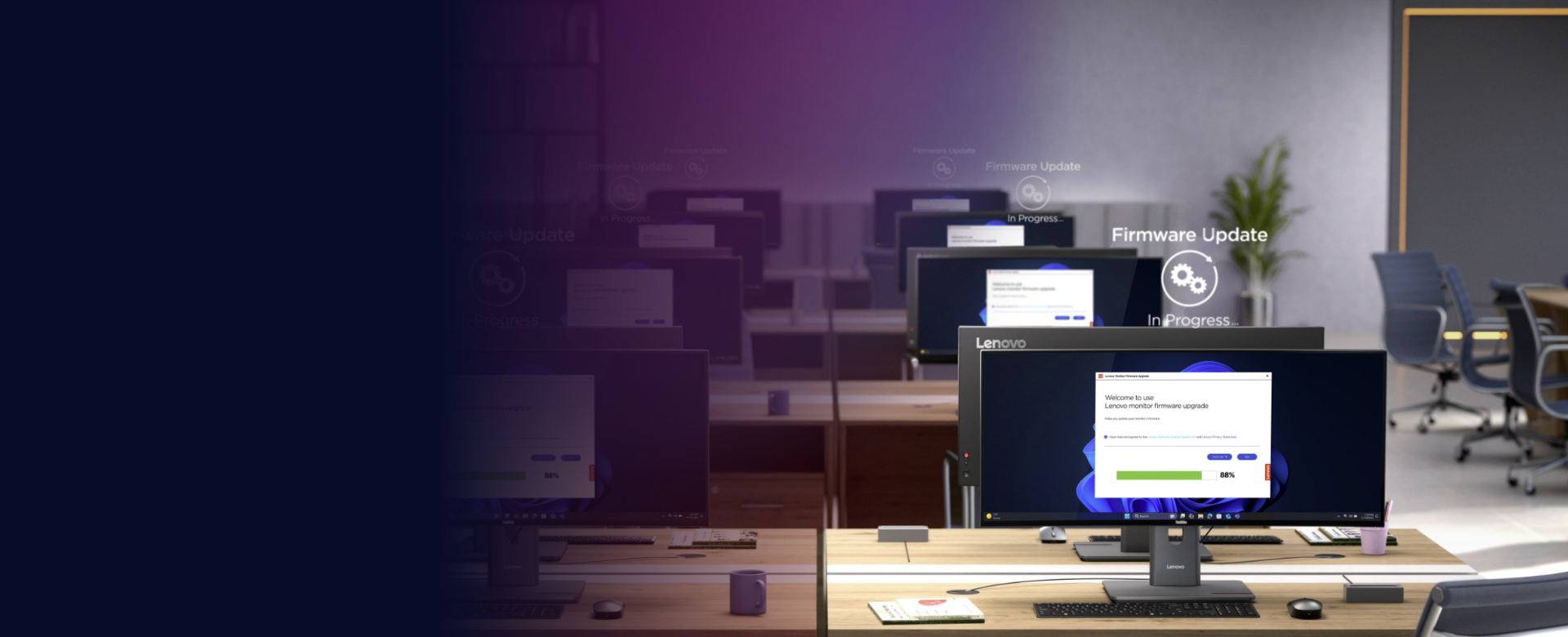A :
Lenovo Display Fleet Manager can be installed and deployed on both Windows and
Linux. On Windows, it can be deployed by installing the corresponding .exe file. On
Linux, technical personnel are required to deploy it. For detailed instructions,
please refer to the “How to Install” section in the User Guide. (To link to the
page)
